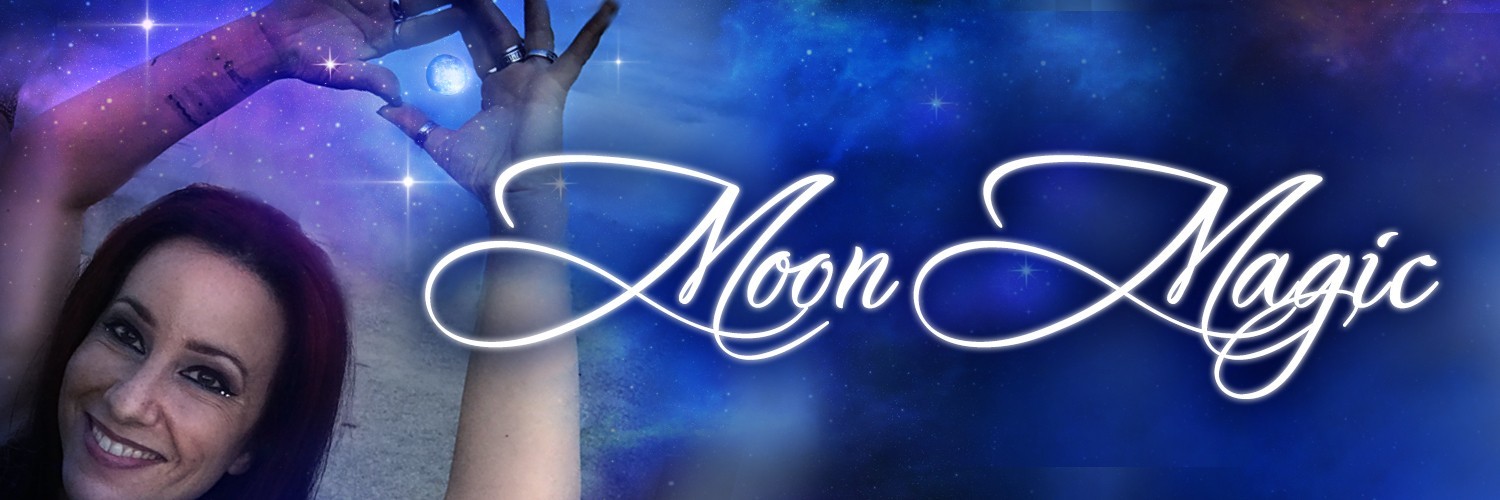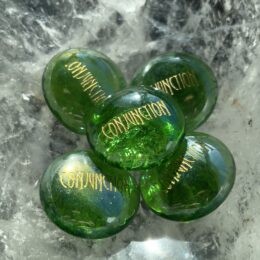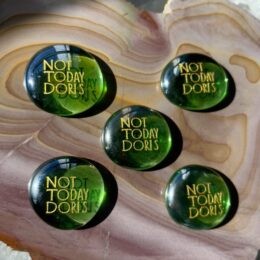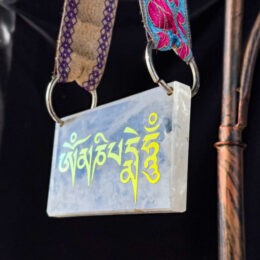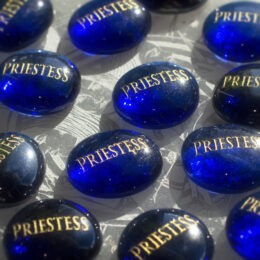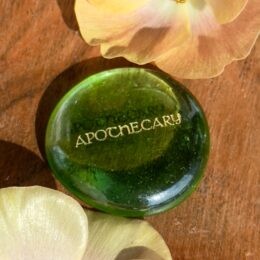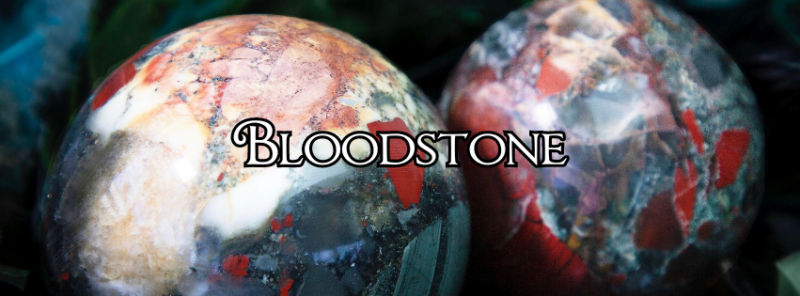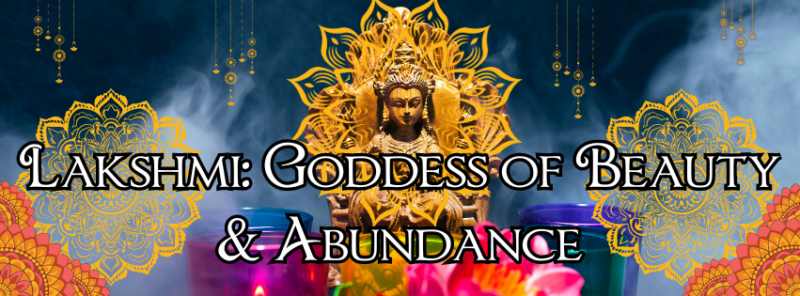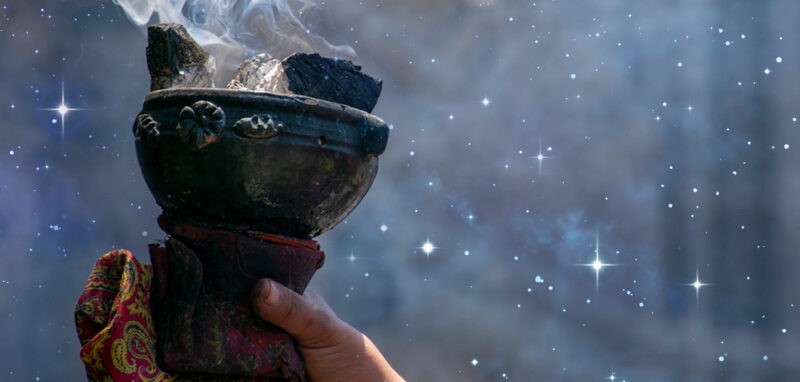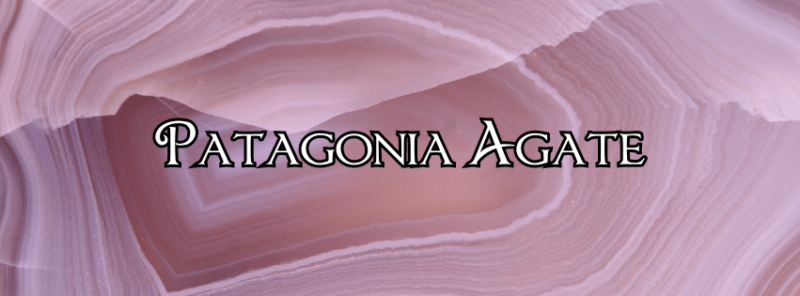Your cart is currently empty!


What is Moon Magic
Earth, Sun, Moon
The moon phases involve three bodies in our solar system: Earth, Sun, and Moon. Let’s begin with us, here on Earth. While we spin on our axis, making a complete 360-degree rotation every 24 hours (giving us night and day), we also orbit the Sun in a yearly transit. Next, there’s the Moon. The Moon orbits Earth on its own path, making a full cycle about every 29.5 days. And of course, the Sun is the center of our solar system. It seems stationary to us, but it’s also moving – our entire solar system orbits around the center of the Milky Way Galaxy. The Sun just moves extremely slowly. The radiant fire of this massive star shines 24/7 and gives us daylight and moonlight.
Our Luna
The Moon literally moves with us – with you, with me – in a sacred dance that unfolds in even, rhythmic cycles mirroring the cycles of your body, the cycles of the harvest and growth of plants and trees, the cycles of life. This intimate dance is what we celebrate when we monitor moon phases and honor the waxing and waning of the Moon. We say thank you for the pull, the tides, the fullness and the emptiness within and without. The Moon is the closest astronomical body to Earth, giving it strong influence over us. The Moon’s gravity pulls on Earth’s oceans, causing tides. Tidal friction caused by the Moon slows down Earth’s rotation over time, creating our 24-hour days. Without the Moon, our days would be 6 – 8 hours long, with >1,000 days in a year. The Moon is the only reason we have solar and lunar eclipses. The external force of the Moon stabilizes Earth’s 23.5-degree axial tilt, preventing catastrophic shifts – imagine no seasons at all or rolling on our side like Uranus, with the most extreme seasons imaginable. Existence on Earth without our Moon would mean very dark nights forever.
Lunar Phases
Although new moons and full moons get the most attention, there are actually 8 moon phases. And these phases reflect the relationship between the Sun and the Moon. They are technically called soli-lunar phases. The Moon isn’t changing on its own, it’s reflecting the Sun’s light. The positions of the Moon and Sun in the sky from Earth’s perspective determine how much of the Moon is illuminated or visible. The entire lunar phase cycle is about 29.5 days. It begins when the Sun and Moon come together (new moon), peaks when they oppose each other (full moon) and ends just before they come back together again (waning crescent or a dying moon).
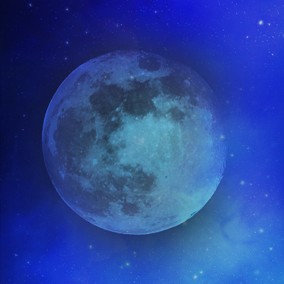
1) New Moon
The new moon is the beginning of the waxing phase and of the entire lunar cycle. A new moon is when the Moon and Sun come back together in the sky after completing their previous cycle. The Moon is dark, being infused with the light of the Sun, but not visible. This is the most potent time to initiate new ideas, projects, and all kinds of new beginnings. The dark moon is full of possibility – you don’t need to know how things will unfold, you just need to take action to get it started. This is the time to set intentions based on your deepest desires, release fear, lean into faith, and trust your inner vision. Work with labradorite, black moonstone, iolite, tektite, obsidian, and clear quartz. Click here for more new moon tools.
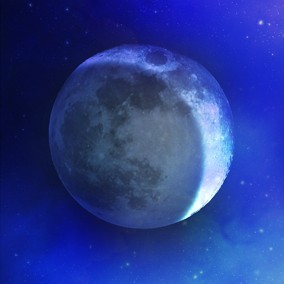
2) Waxing Crescent
In her waxing crescent phase, the Moon grows brighter, one step closer to fullness. What was initiated in the new phase is starting to take shape and we can see it. This phase reflects a commitment to intentions. Time, effort, and determination are required to establish roots and build a strong foundation. The process is still in the early stages and it’s a challenge to let go of old beliefs and patterns that block new growth. It’s time to keep going forward, putting one foot in front of the other. Work with nuummite, rainbow moonstone, and emerald. Click here for more waxing crescent tools.
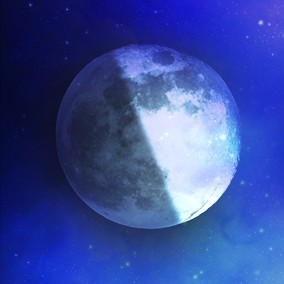
3) First Quarter
When the Moon is in her first quarter phase, she is half full. She is bright, but we only see part of her. This halfway mark in the sky reflects the process of actualizing intentions and letting plans unfold. Once you’ve gone this far, a push can be needed to keep it up. This part of the cycle demands your full-hearted effort. You may not get everything right the first time, but you won’t know unless you try. The new visions you set forth at the new moon reach the height of creative momentum. This is the time to courageously work hard for what you want, so that you may attract all that you’ve asked for and more. Work with jet, onyx, and lapis lazuli. Click here for more first quarter tools.

4) Waxing Gibbous
The Moon is now almost full and the growing intensity is powerful. This is the last chance to make changes before the final result is revealed. Waxing gibbous phase can be stressful, like getting ready to unveil a work of art. What if it’s not perfect? Now’s the time to stay focused and look at all the details to decide what needs rework and adjustment to bring everything together. This building energy can be tireless and it’s important not to get fixated on things that don’t really matter. Work with fluorite, carnelian, and citrine. Click here for more waxing gibbous tools.
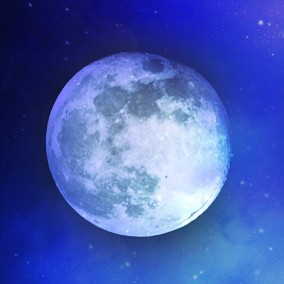
5) Full Moon
When the Moon is full, she’s in her whole radiance and it’s the only time we see all of her. Full phase is a metaphor for fulfillment and completion. This is the phase of manifestation! When the Moon is new, we set intentions. When she is full, we birth our creations into the world. Whatever you’ve been working towards is ready to be revealed in the spotlight of awareness. This is the culmination of results from the entire waxing cycle. It’s time to kick up your heels and express joyful gratitude to the universe and to yourself. Work with moonstone, selenite, and quartz. Click here for more full moon tools.
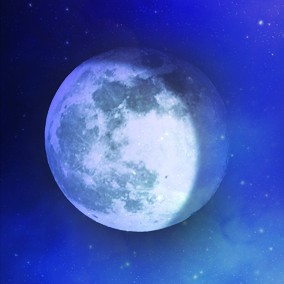
6) Waning Gibbous
The waning phase began with the full moon and now the Moon is visibly receding. This phase is sometimes called “disseminating” which alludes to the importance of sharing the results of your efforts with the world. How are your manifestations helping others and serving a purpose? In addition, all the creative effort from the waxing phase left some cleaning up to do. It’s time to take responsibility for yourself and your accomplishments, tap into the deeper wisdom of the cycle, and anchor the energies. Express gratitude to your elders and ancestors and ask for their guidance as you gather tools to begin the descent of the entire moon cycle. Work with calcite, angelite, and unakite jasper. Click here for more waning gibbous tools.

7) Last Quarter
Last quarter phase is the waning half moon. It symbolizes the expanding consciousness about who we are and what we’ve created in the world. It can feel like a crisis because the end is drawing near. There’s not much time to change the final outcome which includes the results of our efforts, their wide-reaching impact, and everything learned from them. Soon, the dying moon will take over, symbolically disintegrating our illusions of reality as we surrender to be reborn. Last quarter moon reflects those moments when you finally see the bigger picture. There’s so much potential for vision and prophecy if you’re willing to let go of old attachments to make room for the future. Work with rose quartz, bronzite, and sodalite. Click here for more last quarter tools.

8) Waning Crescent
There’s powerful magic in endings, including the birth of beginnings. When the Moon reaches waning crescent, she’s at the end of her entire cycle. It’s time to release what isn’t needed and let go with grace. Be present to the emptiness ahead and remember that what empties will eventually fill. In this phase, the Veil grows thin, making it easier to receive messages and signs. By leaning into faith and honoring the darkness within and without, you discover the greater truths of existence. This phase compels you to sacrifice for future generations, including your own rebirth. Leave the best of yourself through service, love, and compassion. Work with black tourmaline, petalite, and obsidian. Click here for more waning crescent tools.
Eclipses
The full moon always occurs when the Moon is opposing the Sun on the far side of the Earth. The new moon happens when the Moon is closest to the Sun. Most of the time, the Earth, Moon, and Sun do not perfectly align because the Moon’s orbit around Earth is about 5 degrees off from Earth’s orbit around the Sun. If they were aligned, Earth would block the Sun’s light at the full moon and the Moon would block the Sun’s light at the new moon. When they do precisely line up, we experience the phenomena known as solar and lunar eclipses. A solar eclipse occurs when the Moon’s shadow crosses Earth’s surface. A lunar eclipse occurs when the Moon enters Earth’s shadow. This is why a solar eclipse can only happen during a new moon, and a lunar eclipse only at a full moon. Eclipses affect our personal fields just as they change the Earth’s electromagnetic energy field. The currents that run through our nervous systems are sensitive, and pick up these influences. Both eclipse events are shadow occasions, which means they reveal what’s hidden. Solar eclipses, associated with the daylight, have more of an external effect. They reveal what’s hidden from you in your conscious, waking life.
Lunar eclipses bring up emotional and internal issues. They reveal what’s hidden from you in your subconscious world.
The Moon and Astrology
We generally think of astrology in terms of the Sun, like your sun sign. In your birth chart, the sign and house your moon is in reveal your emotional nature, habits, what brings you comfort, and the language or intelligence of your heart. We associate the Moon with safety and security; with emotions and feelings; with feminine mysteries, and how we nurture and receive nurturance. We refer to our ‘inner lunar landscape’ as the emotional, non-rational world of our psyche. The Moon encompasses the lunar goddess archetypes in all her forms and faces. She is not just the Mother, she’s also Maiden and Crone – Selene, Artemis, and Hecate to name a few. You can also use your birth chart to determine the moon phase you were born under. If, for example, you were born under a waxing gibbous moon, the desire to find the flaws and work them into perfection will be strong. And when the Moon is in your personal lunar phase, you may feel an affinity and sense of homecoming. Some astrologers believe your natal lunar phase reflects your energy just as powerfully as your sun, moon, and rising signs.
How to Work with Moon Magic
For me, all moon work begins at the new moon, when the sky is dark. I think of this time as a clean slate. Full moon energy is all about receiving the manifestation of the intentions you set at the new moon and bringing them to realization. You can work with all the lunar phases, but in particular, new and full moons are celebrated by people around the world with personal and community ritual. Although the Moon is precisely new and full for about one minute only, you have approximately 24 hours before and after this moment to harness the energy. This gives you a 48-hour window for moon magic and ritual. We hold new and full moon events here at Sage Goddess each month and you can learn more and join us by clicking here. Moon magic is really what you make of it. Working with crystals, herbs, essential oils, candles, and divination tools draws you further into the Moon’s mysteries and wisdom. You can charge your tools in the moonlight and make moon water. The Moon corresponds with the High Priestess card in the Tarot, who teaches us to tune in to and trust our intuition. Working with moon magic is tapping into your own light in the darkness, with its changing shapes and faces. It brings you back to your deepest feelings, roots, and memories. Work with the Moon to take better care of yourself and others, honor the rhythms and cycles of nature, and embrace the mystery of the shadows.
